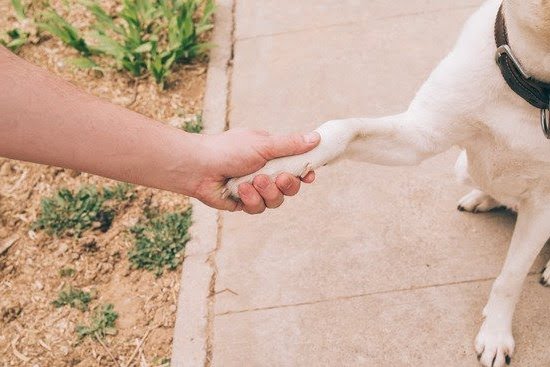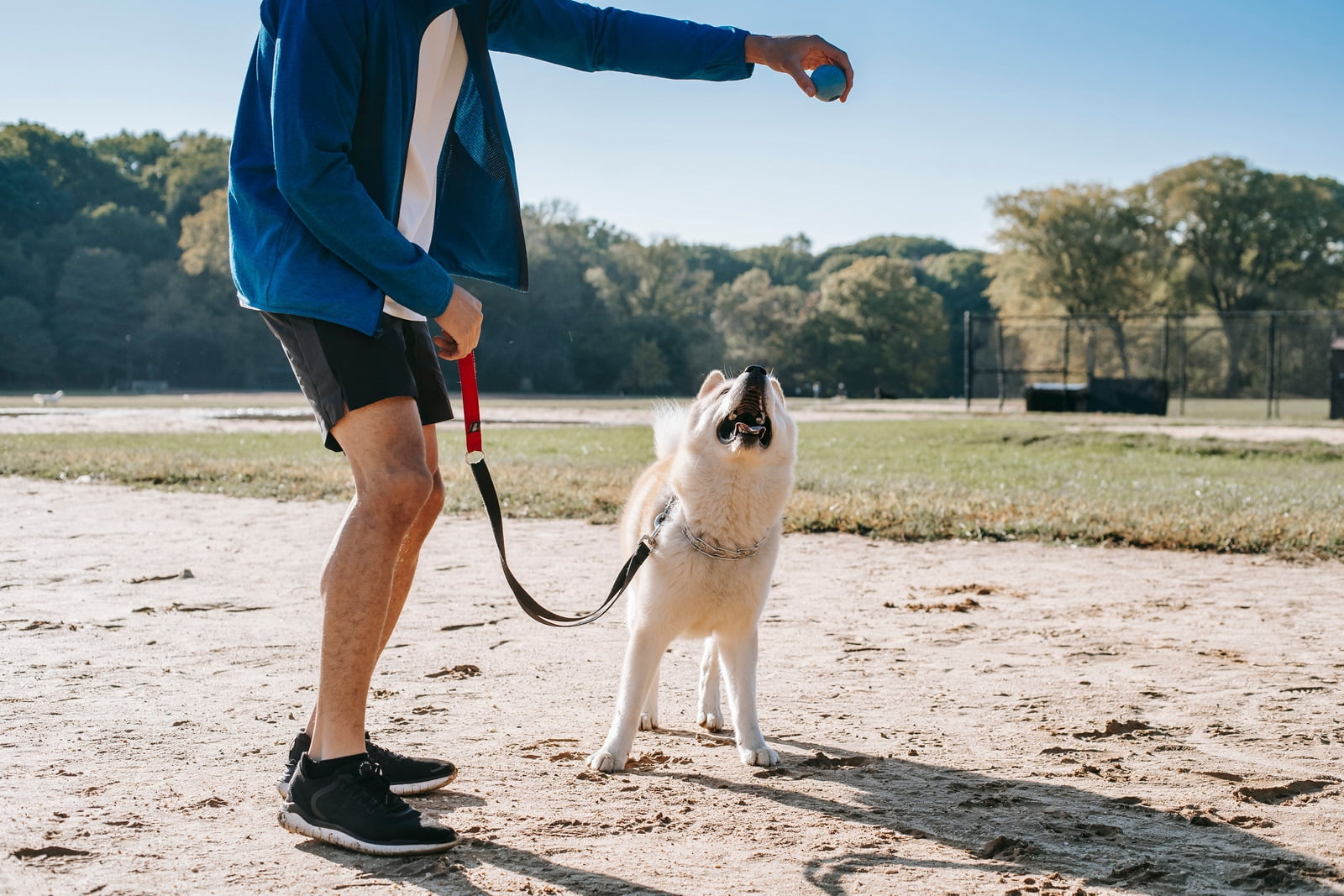Introduction
Crate training is the process of teaching a dog to become accustomed to spending time safely confined in an area limited by a closed door. Although this can help with housebreaking and deter destructive habits, some dogs may cry while they are adjusting to the change. This crying could be because they are feeling anxious, scared, or lonely. It also could be an indication that the dog is feeling uncomfortable in the crate and is struggling to adjust.
When it comes to identifying why your dog may be crying while in his crate it helps to consider your dog’s emotional and behavioural responses. Signs such as shaking, trembling, barking or whimpering can indicate fear-related stress and anxiety. Alternatively if stomach growling or pacing is occurring then hunger may be triggering these negative reactions from your pup; therefore food benefits could offer transition help for those that just need a sort of reward for being calm. To determine whether or not this behaviour is normal for your pet, it is important for you to observe their behaviours for several days before making any decisions about how best to respond further.
Ultimately speaking, if Crying occurs when crate training there are two perspectives – one which takes into account emotions and the other behavioural aspects – both of which identify why this happens and what steps can be taken to rectify these issues accordingly. By understanding why your pup may be displaying certain behaviours during crate training you will gain more insight as a pet owner on how best to approach them going forward!
Common Reasons for Dog Tears
It is normal for dogs to cry when they are being crate trained, but the most important thing to understand is why they are crying. A few common reasons why dogs may cry during training include feeling scared, confused, lonely or even bored.
When a dog feels scared, it is important to recognize the signs and provide reassurance through gentle petting, patience and an understanding of the situation. Training can be more intense than normal playtime, and this can create some fear in your pup.
Dogs may also cry from confusion. It is possible that your pooch does not understand what you expect from them in this new environment – he may need to know that the crate is his place of safety before further progress can be made. Additionally, if the training cues are not consistent enough or challenging enough for the pup, he may become confused and vocalize his emotions with cries.
If your pup cries because she’s feeling lonely or bored, it is essential to make sure she has things with her that will keep her occupied while she gets used to being in a crate during training sessions. This could include toys or treats which will keep her involved while providing comfort and fun at the same time. You might even let her snuggle with a blanket inside if that helps provide comfort during those early days of training.
Calming Strategies
Crate training is a key part of house-training a dog and is important to teach them the boundaries of their environment. Dogs may cry when placed in a crate at first because they are in an enclosed, unfamiliar space, with not many sources of comfort or entertainment. It’s important to introduce calmness strategies into the process to create a positive experience for your dog. Strategies such as positive reinforcement, providing treats and toys, and desensitization through slow exposure can help ease your pup into their new environment. Positive reinforcement, like praise and occasional treats, can help motivate your dog to stay in its crate and keep it there until it gets used to the idea; this helps establish trust between you and your pet. Providing chewable toys or interactive puzzles will also help keep them distracted from crying by providing something that occupies their time. Lastly, if your pup has a particularly negative reaction when crated or whenever something associated with it appears – like the words “crate time” – you can use desensitization techniques to change its behavior by slowly introducing them to it through repetition until they become familiar enough that they don’t fear it anymore. With these strategies in mind, you should be able to ease your pet through cradle training comfortably without tears!
Tips for Creating a Comfort Zone
Yes, it is normal for dogs to cry when crate training, as they are adjusting to a new environment and a new way of being confined. The best way to help your dog get used being in their crate is to provide them with an area that feels safe and secure. You can accomplish this by making sure the area is quiet, comfortable, and distraction-free. Adding blankets or towels will make the space feel secure and add warmth. Personalizing the space by including toys or treats can also help keep your dog comfortable while they are inside. Additionally, be sure to introduce your pup slowly and reward them for positive behavior when they are in their crate. As time goes on, you may also consider investing in other “den-like” pieces of furniture such as throwing blankets over cardboards boxes for extra comfort alongside offering them rewards when displayed good behavior inside it. Keeping a regular feeding schedule will ensure that your pup remains relaxed in their crate as well. Overall, creating a comfortable zone should offer multiple benefits to both you and your pup!
Short Booster Sessions
When crate training a dog, it is normal for them to cry at first. This crying has been linked to separation anxiety and usually occurs when the dog is getting used to be in the crate without their person around. To help alleviate this issue, it is important to provide frequent and regular opportunities for your pet to successfully enter their crate with positive reinforcement. One way of doing this is by implementing daily “booster sessions” that involve taking a few minutes out of each day to practice crate training techniques with your pup.
These sessions should be short and geared towards teaching the basics of crate training, such as basic obedience commands or whining prevention tips. To promote positive reinforcement during this time, you can use treats or engaging toys when your pup enters the crate on command. You can further adjust your pet’s routine over time by gradually increasing the length of these sessions and making changes to their daily schedule as needed. With enough patience and consistency, crying should become less common as your pup learns to associate encounters with the crate in a more pleasant manner.
When to Consult a Professional
When crate training your dog, it is normal for them to cry in the beginning. This crying can be part of the process of getting acclimated to their new environment and can take several days or weeks. However, if your dog continues to cry for extended periods and does not appear to be calming down, it may be time to contact a professional for help.
A professional dog behaviorist can evaluate your pup’s behaviors and develop a plan of action tailored specifically for them. In some cases, the professional might suggest providing additional distractions while they are in the crate such as toys, chews, bedding, or treats that can work as positive reinforcements. The behaviorist might also suggest behavior modification methods such as counterconditioning or desensitization. With these methods, actions are taken that trigger certain responses to change resulting behaviors and help them stay calm when in the crate.
Finally, consulting with a professional about any issue your pet is having is always recommended before trying anything on your own as there is often more information needed than what is available online or learned from friends and family. They will provide guidance based on both the specific needs of you and your pet so that any potential issues with crate training can be addressed properly.
Conclusion
Crate training a dog can be tough, especially when they start to cry. It is normal for dogs to show signs of distress such as whimpering or crying when put in the crate because it is a new and unfamiliar experience. To help make the situation easier, owners should take it slow and introduce their dog to the crate gradually so they can adjust. The owner should also make sure the crate is comfortable and secure, use positive reinforcement during training sessions and give their dog plenty of supervised outdoor time to exercise and socialize. With patience and understanding, eventually the dog will get accustomed to being in a crate for short amounts of time.

Welcome to the blog! I am a professional dog trainer and have been working with dogs for many years. In this blog, I will be discussing various topics related to dog training, including tips, tricks, and advice. I hope you find this information helpful and informative. Thanks for reading!





